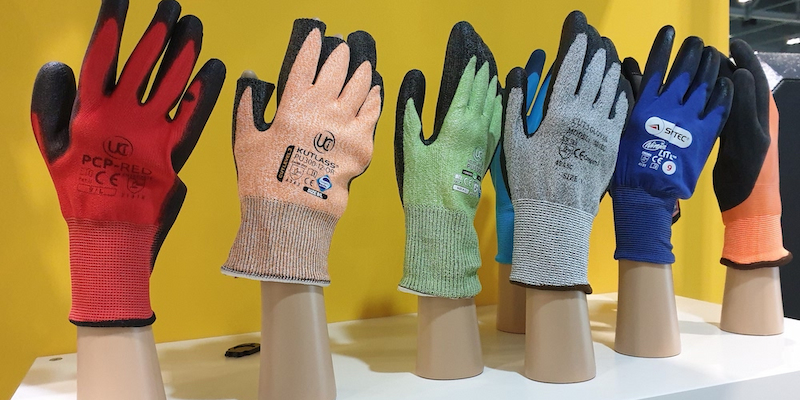.jpg)
By Hans Stacey 19/10/2023
Under: News and Events / Incident Response / Health and Safety NewsManual Handling
Manual handling of loads, or manual material handling, refers to using our bodies to lift, lower, carry, or move items. Most people encounter manual lifting tasks in their jobs.
How specialist tools can help lift the load!
Manual handling tools such as board trolleys and turntable trolleys are designed to assist with lifting, moving, and handling objects more effectively and safely. There are several reasons why using manual handling tools are important:
- Reduced Risk of Injury: The primary reason for using manual handling tools is to reduce the risk of injury to workers. Lifting heavy objects or handling them in awkward positions can lead to musculoskeletal injuries. Manual handling tools, like dollies, trolleys, or hoists, distribute the weight of the load more evenly and make it easier to move objects without putting excessive strain on the body.
- Increased Efficiency: Manual handling tools can significantly improve efficiency and productivity. They allow workers to move heavy or bulky items with less effort and in a shorter amount of time.
- Minimized Damage to Goods: When handling fragile or sensitive items, using manual handling tools can prevent damage. Tools like padded dollies or specialized lifting equipment can ensure that items are moved carefully, reducing the risk of breakage or other forms of damage.
- Compliance with Regulations: There are regulations and guidelines in place to protect the health and safety of workers. Using appropriate manual handling tools ensures that employers comply with these regulations, reducing the risk of legal issues and creating a safer work environment.
- Versatility: There are various types of manual handling tools available, each designed for specific tasks. This versatility means that there is a tool for almost every type of lifting or moving requirement. Workers can choose the appropriate tool based on the specific task at hand, ensuring safety and efficiency.
- Improved Ergonomics: Manual handling tools are often designed with ergonomics in mind. They are built to fit the natural movements of the human body, reducing strain and minimizing the risk of repetitive strain injuries (RSIs).
- Training and Skill Requirements: Some manual handling tools require specific training and skills to operate safely. This ensures that only trained individuals handle heavy or complex loads, further reducing the risk of accidents.
Using manual handling tools is essential for promoting workplace safety, preventing injuries, improving efficiency, and complying with regulations. Employers should provide appropriate training and equipment to ensure that workers can perform their tasks safely and effectively.
For more details contact us on 0333 003 5710 or view our site load lifting equipment.


